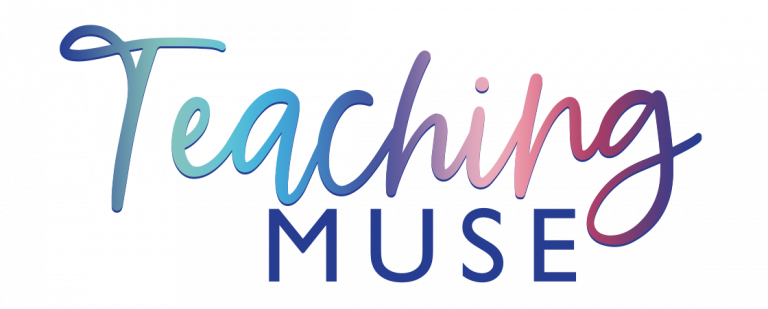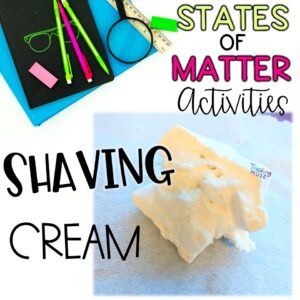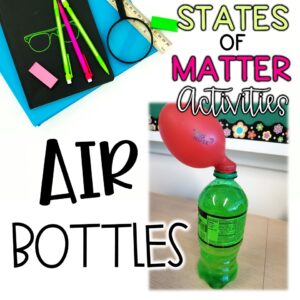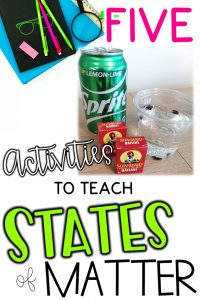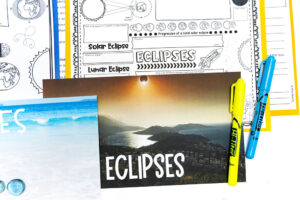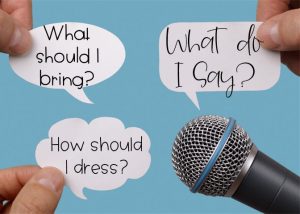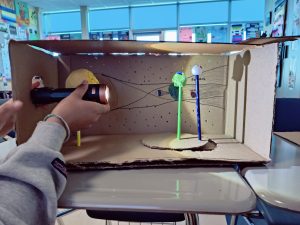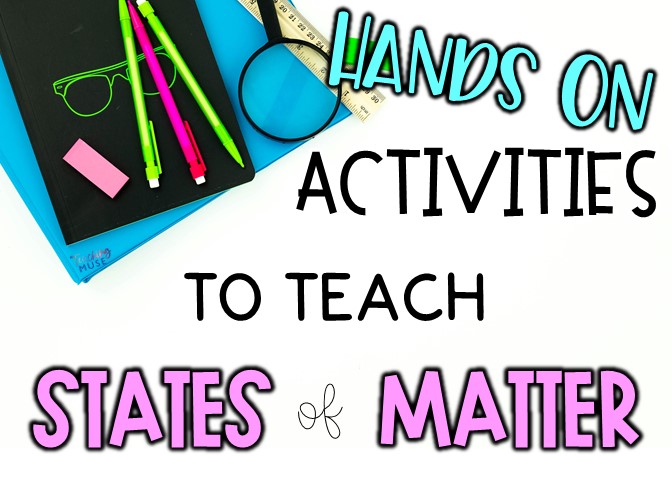
Are you using states of matter science experiments? Matter has three states; solid, liquid, and gas. Most students know and can identify the three states of matter in isolation. Still, to test their knowledge, they should experience hands on activities that allow them to see how the three states of matter interact with one another. If you do not include science experiments in your states of matter unit, your students miss this critical part of the scientific process. Including hands on activities does not have to be complicated. Read about five easy activities that you can incorporate into your states of matter unit.
Five Hands on Activities to Teach States of Matter
States of Matter Experiment #1 Raisins Dance:
How much fun is it to dance? While it might be difficult to throw an upper elementary science dance party, making your science experiment dance doesn’t have to be as hard.
This activity requires three materials:
- Glass
- Raisins
- Clear soda, such as Sprite
This simple states of matter experiment will allow students to see how solid, liquid, and gas substances react.
To perform the activity, fill the glass 3/4 full of the clear soda. Then, add the raisins. Watch what happens.
The science behind this experiment: Students will see the raisins “dancing” in the soda. The raisins will fall to the bottom of the glass and then float back up to the top. They will then fall again. What is happening in the carbonation gas from the soda adheres to the raisin. This causes the raisins to float to the top. Once the bubble pops at the surface, the raisin then falls to the bottom again.
States of Matter Experiment #2 Shaving Cream:
Shaving cream is a peculiar substance as it can be difficult to distinguish whether it is a solid or a liquid. This activity is also reasonably easy; however, it will take several days for students to fully process their observations and inferences.
Materials needed for this activity are:
- Shaving cream
- Paper towel
- Coin
For this activity, you will put a blob of shaving cream on each student’s paper towel. Allow students to observe the shaving cream up close. If you have magnifying glasses, you may want students to use them to try to get as close a look as possible.
After students have had time to observe, allow them to hypothesize which state of matter they think shaving cream falls into.
The science behind the experiment: Shaving cream is a unique substance because its characteristics do not neatly fall into a solid, liquid, or gas category. When in a can, the shaving cream is a mixture of soap and water compressed as a gas. When the can is sprayed, the shaving cream is released as a solid, which eventually condenses to a liquid.
This activity is fun because it shows students how substances can change their state of matter over time. Even though the materials are simple, students love this activity.
States of Matter Experiment #3 Ice Cream in a Bag:
Who doesn’t love ice cream? No matter what time of year, this is a fun activity to show your students how temperature can affect the state of matter.
Materials needed:
- Vanilla extract
- Half and half
- Kosher or rock salt
- Ice
- Ziploc bags
- Thermometer
Before the states of matter experiment, have a discussion with students about the characteristics of each substance and which state of matter it falls into. Combine the vanilla extract and half and half. Pour the mixture into a small Ziploc bag. Place the smaller bag into a larger one filled with ice and the Kosher or rock salt. Then SHAKE! Students can take turns shaking as this experiment can take up to ten minutes of shaking. After that time, the liquid should turn into a solid for a delicious treat.
The science behind this experiment: The salt lowers the temperature of the ice, which allows the half and half and vanilla to freeze. Be sure to use enough rock salt and ice, or the mixture will not freeze.
Grab the Ice Cream in a Bag activity for FREE by clicking the button below.
States of Matter Experiment #4 Air Balloons:
It can be challenging for students to understand that gases have mass and are spread out to fill their containers. This states of matter experiment will allow students to visualize this concept as the balloon fills up with carbon dioxide.
Materials needed:
- One liter soda bottle
- Balloon
- Triple beam balance
Your science students will enjoy this simple states of matter experiment. All that needs to be done is to open the soda bottle cap and then place the balloon around its opening. Now, you will have to wait.
While you are waiting, indulge in a classroom conversation about the characteristics of states of matter.
The science behind this experiment: After about ten minutes, you should be able to observe the carbon dioxide gas fill the balloon.
To show students that the gas in the balloon has mass, place it on the triple beam balance to measure its mass. Compare this mass to an empty balloon to signify the difference.
States of Matter Experiment #5 Soapy States:
Teach students that states of matter are all around us. Pointing out real-life examples of a solid, liquid, or gas will help students make deeper connections to the content.
One everyday object that we can use to illustrate this point is soap. While it is super easy to distinguish that soap is solid, what happens when you put soap in the microwave?
Materials needed:
- Ivory soap
- Two other brands of soap
- Microwave
- Bin of water
For this activity, students will observe differences between the different brands of soap. Placing the soaps into the water bin will allow students to see what the Ivory brand will float while the other brands sink.
The science behind this experiment: It is imperative to use Ivory soap as this is the only soap brand on the market that has air whipped into it. The air created little pockets of gas which allow this brand of soap to float in water.
It also allows this brand to expand when it is put into the microwave. When placed in the microwave for 30 seconds, gas pockets will expand, which creates an incredible visual for the students.
Your students will love these science activities to enhance your states of matter unit. Want these activities ready to go? Check them out here.
Need more ideas to teach your states of matter unit? Click the button below to learn how I teach this unit to my students.
